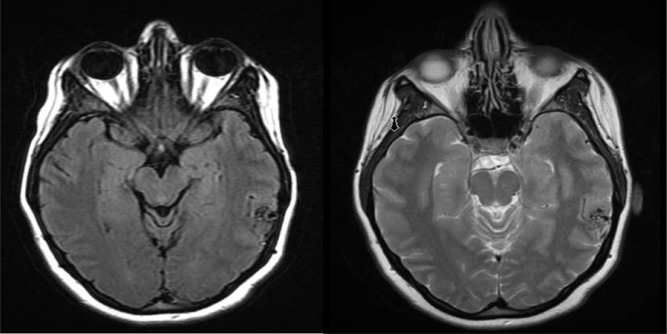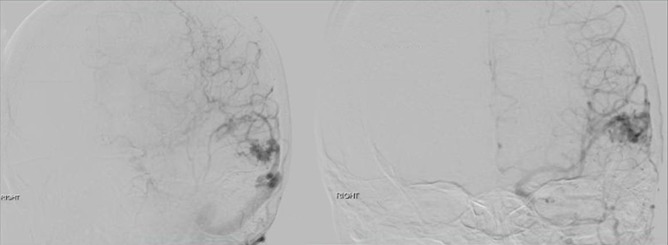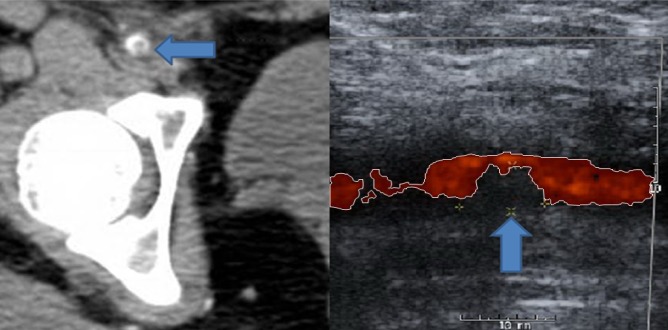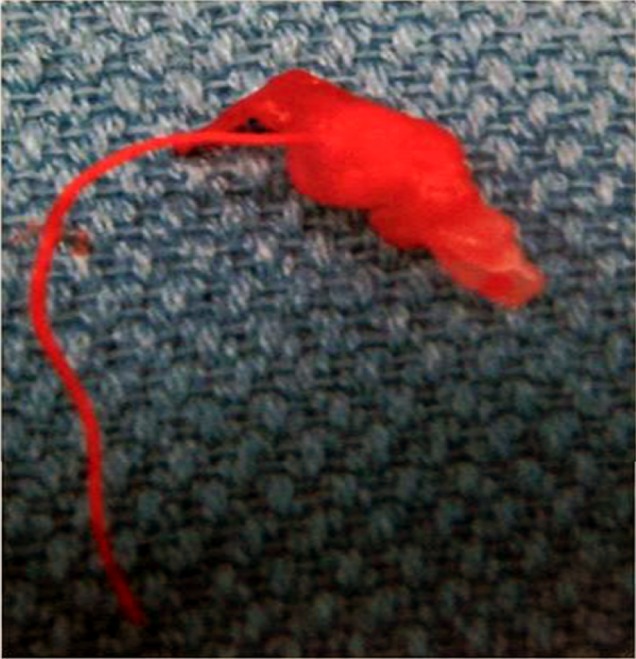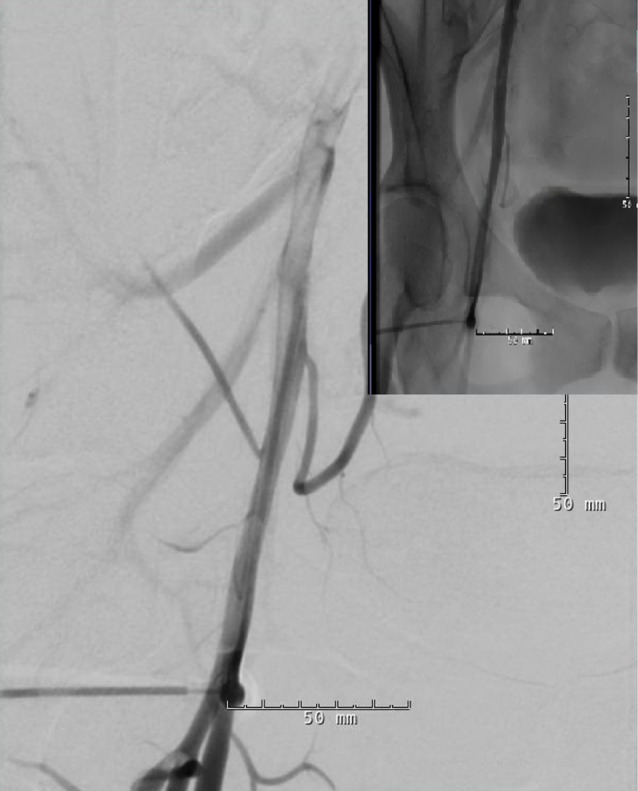J Cerebrovasc Endovasc Neurosurg.
2014 Sep;16(3):275-280. 10.7461/jcen.2014.16.3.275.
Delayed Vascular Claudication Following Diagnostic Cerebral Angiography: A Rare Complication of the AngioSeal Arteriotomy Closure Device
- Affiliations
-
- 1Department of Neurosurgery, Rush University Medical Center, Chicago, IL, United States. lee_tan@rush.edu
- KMID: 1963167
- DOI: http://doi.org/10.7461/jcen.2014.16.3.275
Abstract
- With rapidly increasing numbers of neuroendovascular procedures performed annually in recent years, use of arterial closure devices after femoral artery access has been exceedingly common secondary to reduced time to hemostasis, decreased patient discomfort, earlier mobilization, and shortened hospital stay. Although uncommon, use of these devices can lead to a different spectrum of complications, as compared to manual compression. Ischemic symptoms following the use of these devices can have unexpected clinical sequelae and can occur in a delayed fashion. Awareness and recognition of such complications is important with the dramatically increased use of these devices in recent years. We report on a case of delayed vascular complication manifesting as vascular claudication following use of the AngioSeal closure device.
Figure
Reference
-
1. Carey D, Martin JR, Moore CA, Valentine MC, Nygaard TW. Complications of femoral artery closure devices. Catheter Cardiovasc Interv. 2001; 1. 52(1):3–7. discussion 8. PMID: 11146512.
Article2. Chung JJ, Yu JS, Kim JH, Nam SJ, Kim MJ. Intraabdominal complications secondary to ventriculoperitoneal shunts: CT findings and review of the literature. AJR Am J Roentgenol. 2009; 11. 193(5):1311–1317. PMID: 19843747.
Article3. Geyik S, Yavuz K, Akgoz A, Koc O, Peynircioglu B, Cil B, et al. The safety and efficacy of the Angio-Seal closure device in diagnostic and interventional neuroangiography setting: a single-center experience with 1,443 closures. Neuroradiology. 2007; 9. 49(9):739–746. PMID: 17594084.
Article4. Koreny M, Riedmüller E, Nikfardjam M, Siostrzonek P, Müllner M. Arterial puncture closing devices compared with standard manual compression after cardiac catheterization: systematic review and meta-analysis. JAMA. 2004; 1. 291(3):350–357. PMID: 14734598.
Article5. Nikolsky E, Mehran R, Halkin A, Aymong ED, Mintz GS, Lasic Z, et al. Vascular complications associated with arteriotomy closure devices in patients undergoing percutaneous coronary procedures: a meta-analysis. J Am Coll Cardiol. 2004; 9. 15. 44(6):1200–1209. PMID: 15364320.
Article6. Patel MR, Jneid H, Derdeyn CP, Klein LW, Levine GN, Lookstein RA, et al. Arteriotomy closure devices for cardiovascular procedures: a scientific statement from the American Heart Association. Circulation. 2010; 11. 122(18):1882–1893. PMID: 20921445.7. Vaitkus PT. A meta-analysis of percutaneous vascular closure devices after diagnostic catheterization and percutaneous coronary intervention. J Invasive Cardiol. 2004; 5. 16(5):243–246. PMID: 15152128.8. Wagenbach A, Saladino A, Daugherty WP, Cloft HJ, Kallmes DF, Lanzino G. Safety of early ambulation after diagnostic and therapeutic neuroendovascular procedures without use of closure devices. Neurosurgery. 2010; 3. 66(3):493–496. discussion 496-7. PMID: 20124936.
Article
- Full Text Links
- Actions
-
Cited
- CITED
-
- Close
- Share
- Similar articles
-
- Hemostatic Efficacy and Safety of a Novel Mechanical Compression Device for Femoral Arteriotomy
- Three Cases of Arterial Occlusion That Occurred After the Use of Angioseal(R)
- Could real-time ultrasonography guidance be useful for the effective deployment of FemoSeal in common femoral arteriotomy?
- Angio-Seal(TM) Evolution(TM) versus Manual Compression for Common Femoral Artery Puncture in Neurovascular Diagnostic Angiography : A Prospective, Non-Randomized Study
- Effects of Bed Angles and Bed Rest Time Combined with Hemostatic Methods on Discomfort and the Occurrence of Hemorrhagic Complications in Patients after Transfemoral Cerebral Angiography

